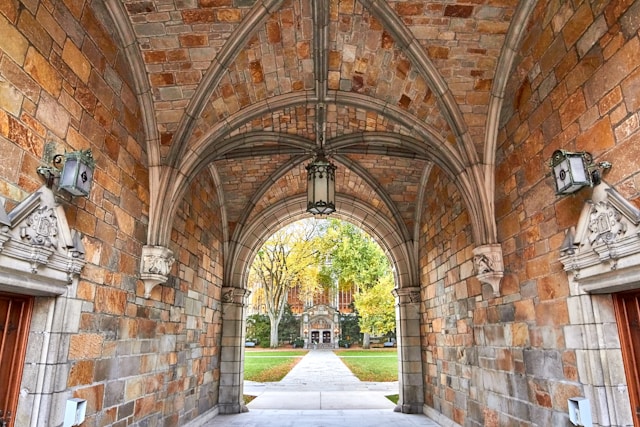
When people refer to the University of Michigan (U-M), they almost always mean the Ann Arbor campus. From here on, “U-M” denotes the main (Ann Arbor) campus. Note that though U-M-Dearborn and U-M-Flint are also part of the University of Michigan system, transfer students from those schools to U-M are considered new transfers. In this post, we highlight key points primarily for community college transfer applicants.
Brief Background
U-M is a large public, four-year institution with 19 schools and colleges, offering a vast array of areas of study. Sixty-two percent of the students are in-state, which means they benefit from in-state tuition. Nonetheless, a good portion of students are out-of-state, so don’t pass up this school just because you’re not a Michigan resident. You can apply to transfer to one of eleven undergraduate schools or colleges, but you must choose beforehand because the admission process is school/college-specific.
Community College Transfers and U-M
If you’re a community college student looking to transfer to a four-year institution of academic prestige, consider U-M, which is usually considered to be well within the top 50 national universities. Depending on who you ask, U-M may be considered one of the “New Ivies,” comparable to NYU and Northwestern. Very few schools of this caliber have a website devoted exclusively to community college students. Among other useful pieces of information, the website explains that transfers from community colleges are eligible for federal, state, and institutional financial aid, just like other incoming students. In the MythBusters section, FAQs and useful answers are covered. One of the best points covered is closely related to our post on how to overcome a weak high school GPA (click on the link to see our take):
MYTH: Even though I am getting straight As at my community college, my high school grades were bad, which will prevent me from getting into Michigan.
FACT: Not so! We look at the whole person when reviewing applications for admission, not just high-school grades. The fact that your college grades are so much improved will actually work in your favor, because it tells us that you are moving in the right direction. Talking about your struggles in high school and how you overcame them can also be an important part of your essay.
To be a competitive transfer applicant, strive to get straight As in your community college courses. There are over 1,200 incoming U-M transfer students each year, which may sound like a large number, but given the sheer number of transfer applicants–about 3,000 annually–transfer admissions is competitive. Also, consider the bigger picture: in 2006, the Jack Kent Cooke Foundation, a major supporter of community college transfers, reported that the number of community college students transferring to the most competitive institutions had decreased. In 1984, 22.8 percent transferred to the most competitive public universities, but in 2002, the percentage dropped to 18.8.
Transfer Credit
U-M provides detailed information on transfer credit. The vast majority of undergrads are in the College of Literature, Science, and Arts (LSA). Current (and future) community college students in Michigan aiming to transfer to LSA should carefully review the transfer guide for their specific community college here. We highly recommend that Michigan community college students enter a transfer agreement with your community college. If you’re experiencing difficulty deciphering the guidelines, be sure to visit the transfer counselor at your college.
For students at out-of-state community colleges or other institutions, this page has a list of the general education requirements at LSA. Although not strictly required, these are classes that you really should take to make yourself a more competitive transfer applicant. If you want to apply to other U-M schools or colleges, carefully read the information here. The College of Engineering, for example, has a list of specific prerequisites that you must fulfill to be considered for transfer admission.
Conclusion
Applying to U-M can be a great opportunity, but don’t miss your chance by not adhering to transfer admissions guidelines. Visit the links embedded in this post to get more information!
Photo by Mathew Schwartz on Unsplash